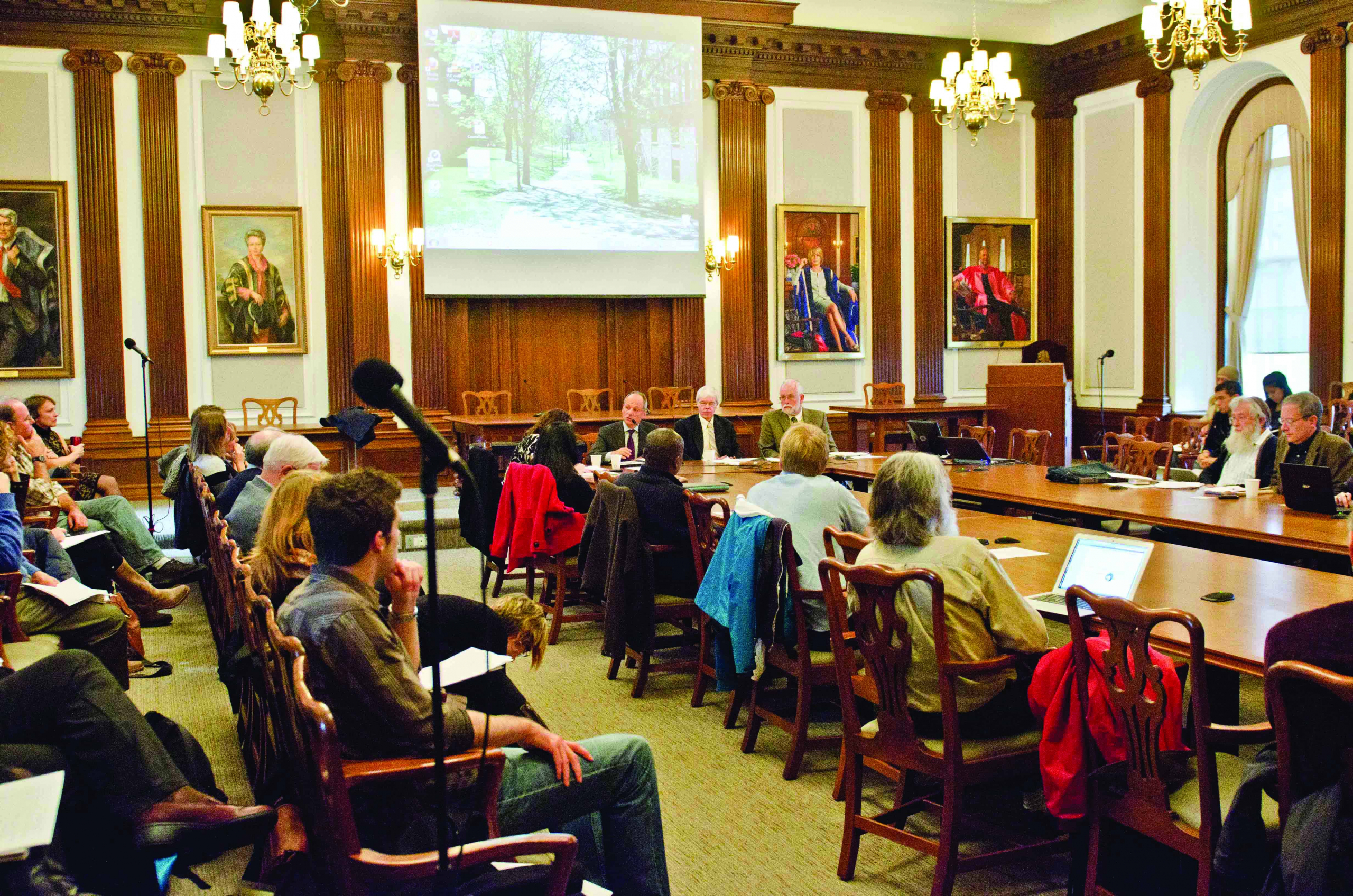In a widely circulated memo dated October 24, Dean Meric Gertler proposed an initial draft of the academic plan that will guide the Faculty of Arts and Science through to 2015.
The 30-page document suggests new interdisciplinary initiatives aimed at improving the breadth of undergraduate education. It charts a frugal course for the cash-strapped faculty, while also steering clear of the more far-reaching changes that doomed last year’s proposed plan.
Upon presenting the document to the Arts and Science Faculty Committee, dean Gertler stated that there were “few surprises” but the plan has retained the “same five foci” from last year.
Most of the proposals lean towards affordable, small-scale efficiencies and improvements. They include an expansion of access to research opportunities for undergraduate students, the universalization of college-organized “One” programs, considerable improvements to the university’s electronic resources, and an integration of graduate and undergraduate teaching streams wherever possible.
Notably absent from the memo was last year’s proposed School of Languages and Literature. An amalgamation of numerous language departments and the Northrop Frye Centre for Comparative Literature, the School was initially suggested as an effort to find efficiencies in the human resources of the university’s many language departments. Soon after its announcement, the proposed School became a focal point for criticism from students, faculty members, and press.
Spared from the revised plan’s chopping block were the Centres for Ethics, Society, and Law, Diaspora and Transnational Studies, and East Asian Studies. In place of last year’s closures, the new plan offloads handling of select courses to other faculties and divisions of the university, a practice that’s already underway and will likely expand in the future.
Asked about previous plans to close or combine divisions, Dean Gertler replied that “those original proposals have indeed been dropped” and that instead, the planning committee decided to “consider other ways of achieving our academic goals.”
At present, the most expensive component of the plan involves the wide-scale hiring of up to 61 new professors and teaching staff, mainly in departments that suffer from a poor faculty-student ratio.
The plan also has U of T bucking the recent trend among Ontario higher education institutes, proposing to decrease the number of incoming undergraduate students by a projected 700 spots. Restrictions will be primarily imposed upon domestic applicants in favour of admitting additional international students whose lucrative tuition fees are largely unregulated by the provincial government.
“It is partially about the money,” said Bruce Bowden, Trinity College Registrar. “But of course, every registrar is interested in having a diverse incoming class.”
The plan, however, doesn’t offer any alternative actions to address the faculty’s growing debt, which is a predicted $60 million by the end of 2011-12 academic year.
Its relative lack of concrete proposals compared to last year’s document has left some observers worried.
“Students should be wary about the vagueness of the document as a whole, which was an issue raised by several people at the last Arts and Science council meeting,” said Katharine Ball, president of the Arts and Science Student Union.
These concerns, raised repeatedly at the October 31 Faculty Committee meeting, were met with a response from dean Gertler.
“This document is attempting to sketch out some broad priorities, but it leaves a lot of room for specific initiatives to be enacted,” he said.
“I don’t intend for this document to be the last word or the definitive statement on what we’re planning to do over the next five years. There’s a danger of locking yourself in and not being able to respond to specific circumstances as they arise,” he added.
The draft is expected to undergo some revisions before being presented again in early December.


